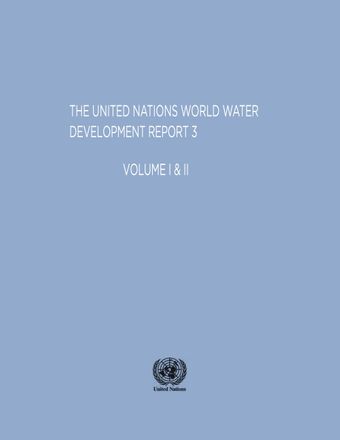Changes in the global water cycle

- Author: Dennis P. Lettenmaier
- Main Title: The United Nations World Water Development Report 2009 , pp 181-210
- Publication Date: June 2009
- DOI: https://doi.org/10.18356/4a1365ea-en
- Language: English
Water is essential to life, sustainable economic growth and the functioning of ecosystems. These are all affected by variations in water storage and fluxes at the land surface – storage in soil moisture and groundwater, snow, and surface water in lakes, wetlands and reservoirs – and precipitation, runoff and evaporative fluxes to and from the land surface. Water planners have generally seen these key elements in the land surface water cycle as at least approximately statistically stationary, their challenge being to characterize and buffer against natural variability. Over the last several decades, however, studies of changes in streamflow, snowpack and evapotranspiration have made it increasingly clear that the assumption of statistical stationarity is no longer defensible. Arguing that ‘stationarity is dead’, at least for water planning, some researchers are making the case for a new initiative in water management to deal with nonstationarity problems.1 Meeting this challenge requires understanding the nature of observed changes in the land surface water cycle – the objective of this chapter.
-
From This Site
/content/books/9789210047074s001-c011dcterms_title,dcterms_subject,pub_keyword-contentType:Journal -contentType:Contributor -contentType:Concept -contentType:Institution105

